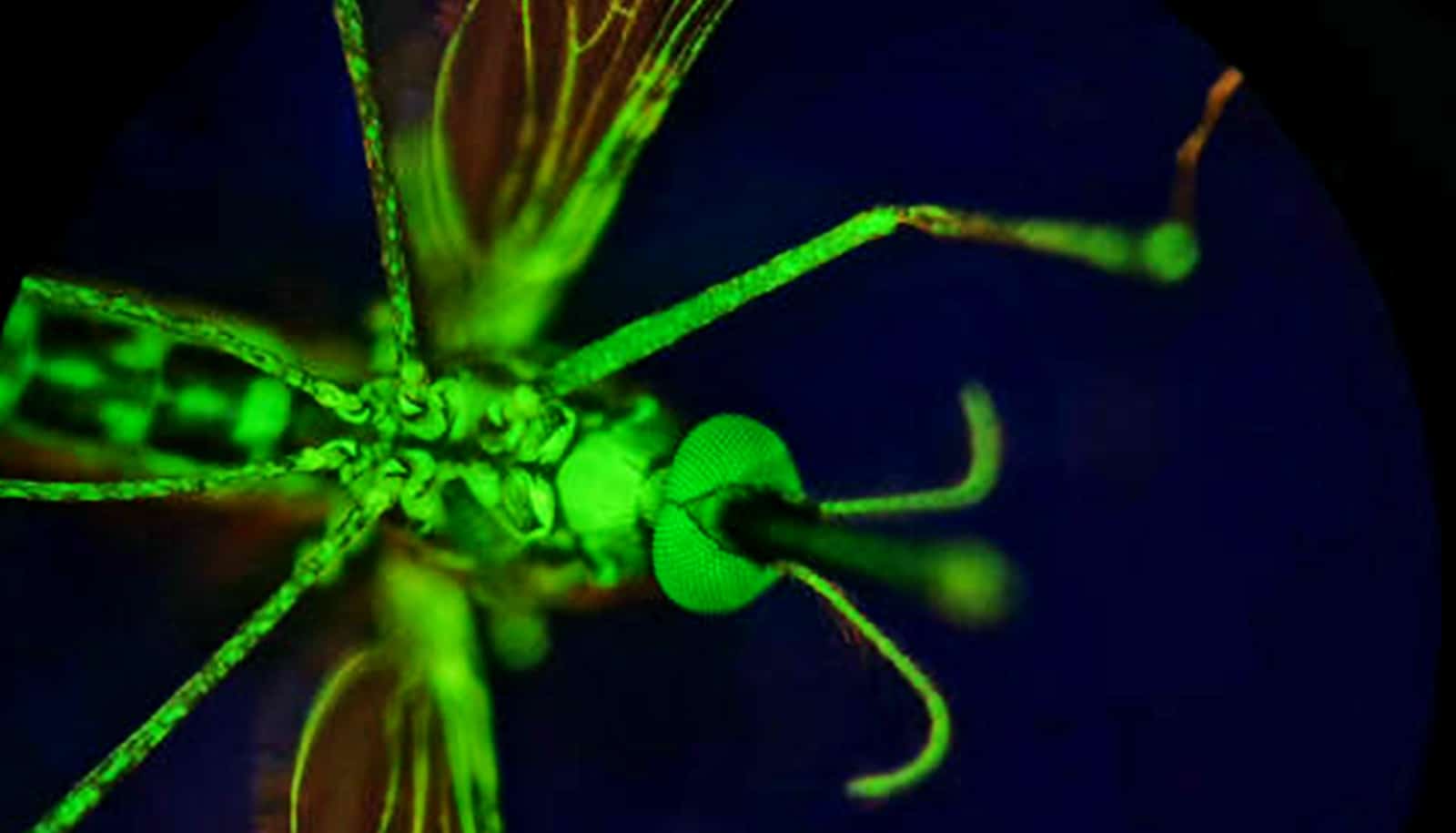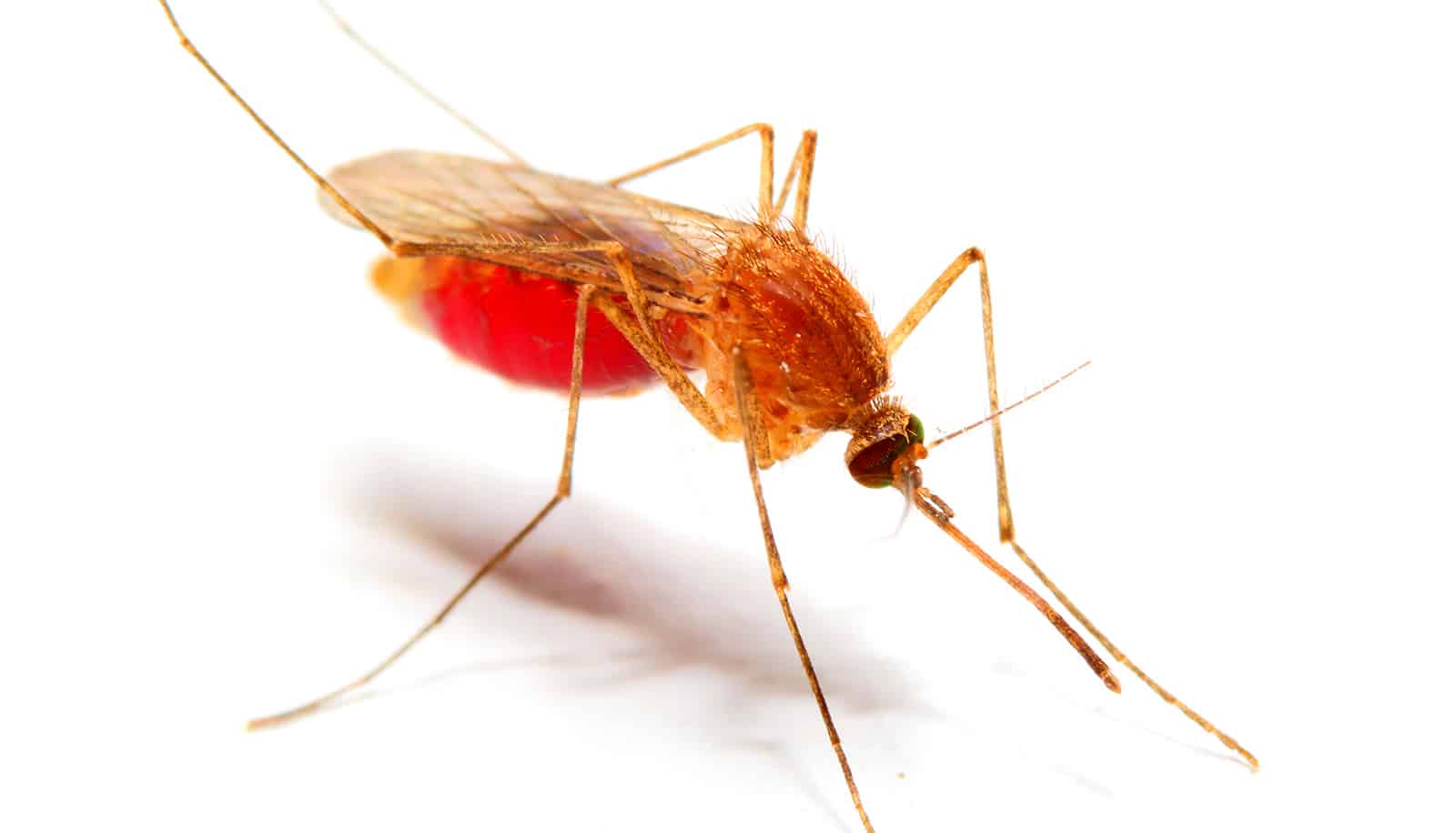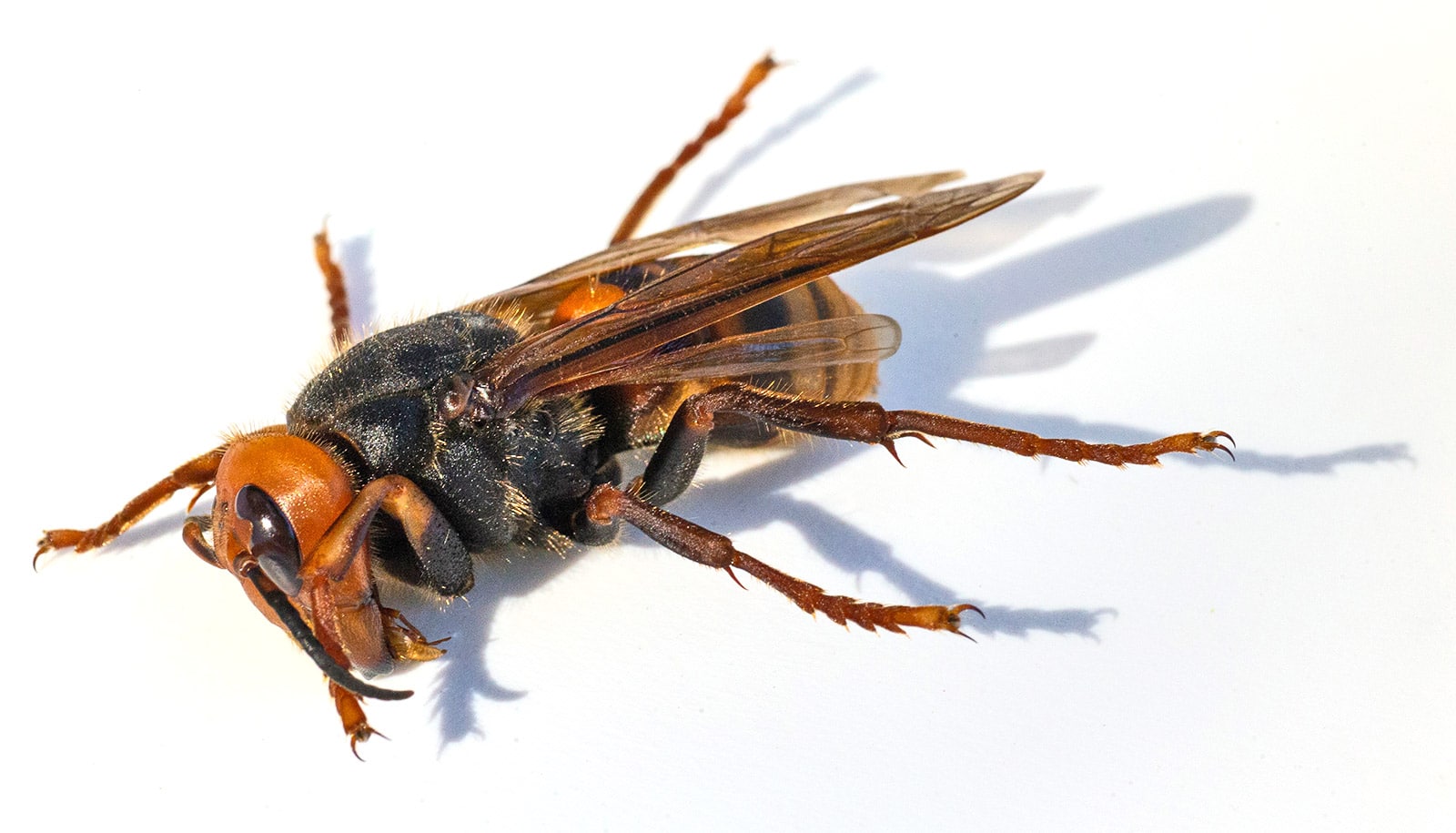Aedes aegypti mosquitoes are well-known carriers of serious diseases like dengue fever, malaria, and Zika. Cameron Simmons, professor of microbiology and immunology at the School of Biomedical Sciences and the School of Population and Global Health at the University of Melbourne offers five facts about the “mozzies.”
1. Sperm stockpiles
Female Aedes aegypti mosquitoes only need to mate once. Having done so, they carry the sperm around for the rest of their life, using it to fertilize their eggs as they lay them on the edge of water-filled containers.
2. Tire riders
The international trade in used car tires is transporting more than just burnt rubber; Aedes aegypti love to lay their eggs inside tires where water collects. And because the eggs can survive for months, these hitchhikers are well suited to long sea journeys. At their destination, a good splash of rain is all it takes for the eggs to hatch.
3. Harmless males
Like the 3,500 or so other species of mosquito, you only need to watch out for female Aedes aegypti—males don’t bite. The female needs a blood meal, and all the good nutrients contained within it, to complete the development of her eggs.
4. Constant companions
Aedes aegypti are the cockroaches of the mosquito world. They just love to hang out in our homes and prefer to snack on humans more than any other species.
5. Dead ends
Researchers have discovered that a naturally occurring bacterium called Wolbachia can protect Aedes aegypti from nasty viruses like dengue, Zika and chikungunya, which means they no longer can pass those diseases onto humans. Some 900,000 people worldwide are already living with Wolbachia-infected mosquitoes, and the program is continuing to roll out internationally.
Source: University of Melbourne



